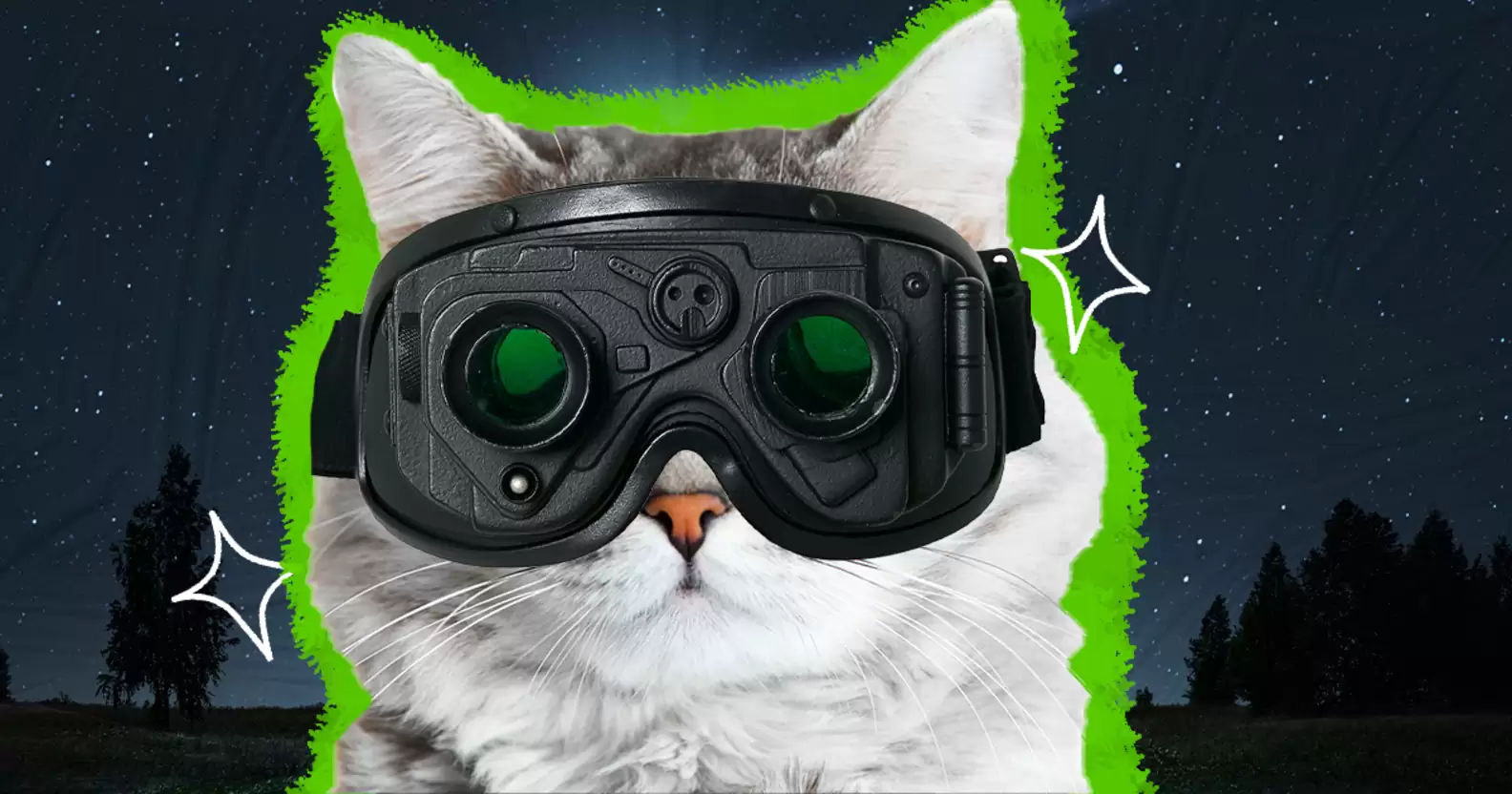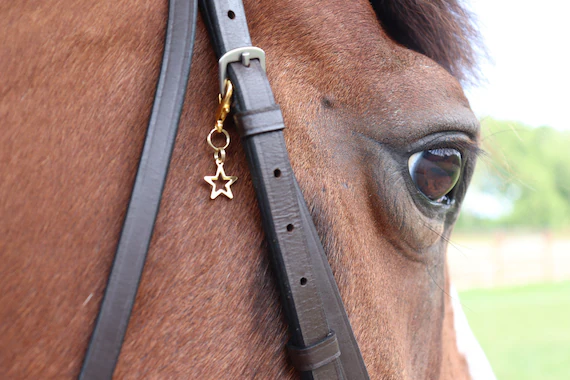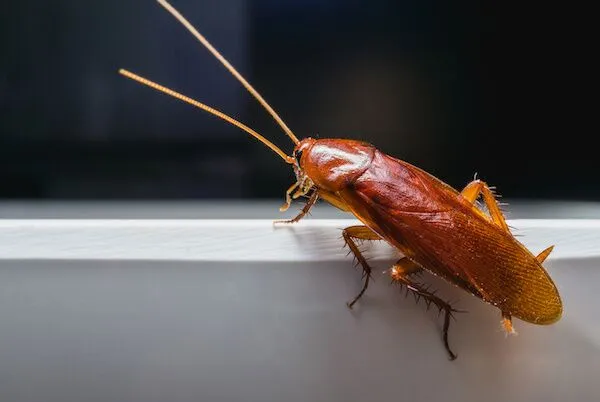Cats have always carried an air of mystery. From ancient temples in Egypt to cozy modern living rooms, people have marveled at their glowing eyes and graceful movements in the night. One question often comes up: can cats see in the dark? Pet owners notice their cats prowling confidently through dim hallways or spotting the tiniest movement at dusk. Let’s dig into the science, myths, and practical insights behind feline night vision.
Understanding How Cat Eyes Work
To understand how cats navigate in the dark, we need to look at the structure of their eyes. Cats’ eyes are built differently from ours, giving them advantages in low-light conditions.
- Bigger corneas and pupils let in more light.
- Their vertical slit pupils can expand or contract quickly, adjusting to lighting changes much faster than human eyes.
- Cats’ retinas contain more rod cells, which are highly sensitive to dim light.
Here’s a simple comparison:
| Feature | Human Eyes | Cat Eyes |
| Pupil shape | Round | Vertical slit |
| Rod-to-cone ratio | Lower | Higher (better low light) |
| Cornea size | Smaller | Larger |
| Light adjustment speed | Slower | Faster |
This unique anatomy sets the stage for their night vision superpower.
Can Cats Really See in Complete Darkness?
The short answer: no, cats can’t see in absolute darkness. Like us, they need at least some light. However, they only need a tiny fraction of it. Research shows cats require about one-sixth the light humans do to see clearly.
Think of it this way: if you and your cat are in a room with just a faint night light, you’ll struggle, while your cat will strut around like it’s daylight. But in pitch-black spaces—like a cave—both humans and cats are equally blind.
The Science Behind Night Vision in Cats
So, what makes feline vision special at night? Two main factors:
- Rod Cells: Cats’ retinas are packed with rod cells, which detect movement and light intensity. While they don’t pick up color well, they excel at spotting motion in dim light.
- Tapetum Lucidum: This reflective layer acts like a built-in mirror, bouncing light back through the retina. It’s why a cat’s eyes glow when headlights or flashlights catch them at night.
Compared to humans, cats trade sharp detail and color accuracy for superior sensitivity to movement and low light. That’s perfect for hunting small prey at dawn or dusk.
How Well Do Cats See Compared to Humans?
Let’s stack feline eyesight against ours.
| Vision Factor | Humans | Cats |
| Light sensitivity | Moderate | 6x more sensitive |
| Color vision | Full spectrum (RGB) | Limited (mostly blue/green) |
| Detail clarity (acuity) | High (20/20 potential) | Lower (around 20/100) |
| Motion detection | Moderate | Excellent |
So while humans excel at detail and color during the day, cats dominate in dim conditions.
Why Cats Have Evolved to See in the Dark
Cats didn’t develop their vision by accident. Evolution shaped them into crepuscular hunters—active during twilight hours. In the wild, this gave cats a major advantage:
- Prey like rodents and birds are active at dawn and dusk.
- Dim light makes cats harder for predators to spot.
- Their eyes, ears, and whiskers work together for silent, stealthy hunting.
Even though domestic cats no longer need to hunt for survival, their eyes carry this evolutionary legacy.
How Cats Rely on Their Night Vision in Everyday Situations
If you’ve ever watched your cat zoom around the house at midnight, you’ve witnessed their vision in action. They rely on their night vision for:
- Navigating furniture and obstacles without bumping into things.
- Chasing toys or even imaginary prey in dim rooms.
- Climbing and jumping safely even when the lights are low.
For owners, this means keeping an eye on home safety. Adding small night lights near staircases or sharp furniture corners can prevent accidents, especially for older cats.
Do Cats See Better Than Other Pets at Night?
Cats aren’t the only animals with impressive night vision, but they do outperform many.
- Cats vs Dogs: Dogs have good night vision, but cats’ higher rod density gives them the edge.
- Cats vs Humans: No contest—cats win in low light every time.
- Cats vs Owls: Owls still rule the night sky, but cats are among the top land mammals for night vision.
Case study: Wildlife researchers have documented feral cats hunting successfully in near darkness, using both their vision and whisker sensitivity.
Common Myths About Cats and Night Vision
Let’s clear up some popular misconceptions:
- Myth 1: Cats can see in total darkness.
- Truth: They need at least some light.
- Myth 2: Cats’ glowing eyes create light.
- Truth: The glow comes from the tapetum lucidum reflecting existing light.
- Myth 3: Cats see just like humans at night.
- Truth: Their vision is blurrier but far more sensitive to motion.
How to Support Your Cat’s Vision Health
A cat’s eyes may be powerful, but they still need care. You can help by:
- Feeding a nutrient-rich diet: Taurine, Vitamin A, and Omega-3 fatty acids support eye health.
- Scheduling vet checkups: Early detection of cataracts or retinal disease is key.
- Watching for warning signs: Cloudiness, excessive tearing, or bumping into objects.
Good vision keeps cats confident and comfortable as they explore their world.
Important Points – Are Cats Capable of Seeing in Low Light?
- Cats can’t see in complete darkness, but they thrive in low-light conditions.
- Their eyes contain more rods, larger corneas, and a reflective tapetum lucidum.
- They evolved as crepuscular hunters, which explains their twilight activity.
- Pet owners should support vision health with nutrition and safe environments.
Final Thoughts
So, can cats see in the dark? Not in pitch-black spaces, but their low-light abilities far outshine ours. This fascinating adaptation connects today’s playful house cats to their wild ancestors. Next time you catch your cat prowling in a dark hallway, remember—you’re watching an ancient hunter perfectly equipped for life between shadow and light.









Leave a Reply